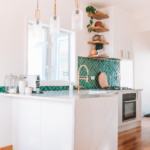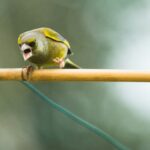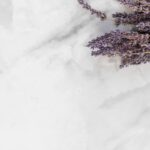As stone restoration specialists, we’ve seen countless cases of bird droppings damaging beautiful stone surfaces. While these pesky visitors might seem harmless, their droppings contain highly acidic compounds that can permanently damage your stone if not handled properly.
We’ve found that addressing this issue promptly and correctly can mean the difference between a quick clean and costly restoration.
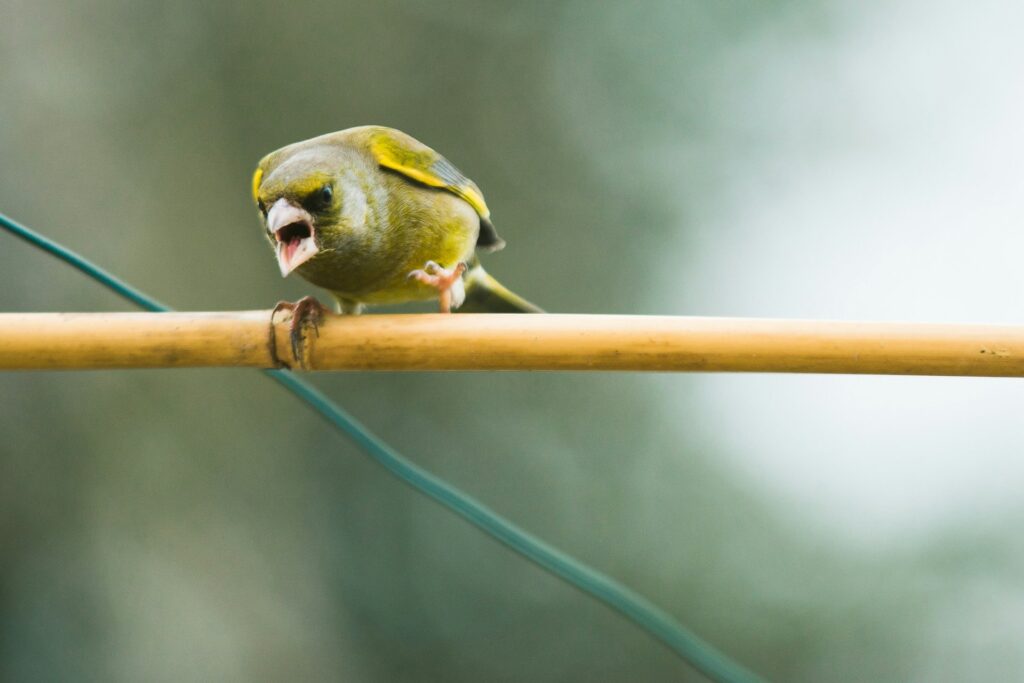
Key Takeaways
- Immediate action using proper tools and techniques can prevent permanent damage to your stone surfaces from bird droppings.
- Always opt for pH-neutral cleaners and plastic scrapers to avoid compounding the damage to your stone.
- Regular sealing and installing deterrents can significantly reduce the risk of bird-dropping damage to your stone surfaces.
Why Bird Droppings Are a Stone’s Worst Enemy
Bird droppings aren’t just unsightly – they’re surprisingly destructive to stone surfaces. The high concentration of uric acid in bird waste can penetrate deep into your stone’s pores, causing both surface stains and chemical etching. The longer droppings remain on the surface, the more likely they are to cause permanent damage.
Most importantly, different types of stone react differently – while granite might be more resistant, marble and limestone are particularly vulnerable to acid damage.
In addition to immediate surface damage, repeated exposure to bird droppings can lead to long-term deterioration of your stone. Areas frequently targeted by birds often show signs of erosion and loss of polish, particularly in more porous stones like travertine and sandstone.
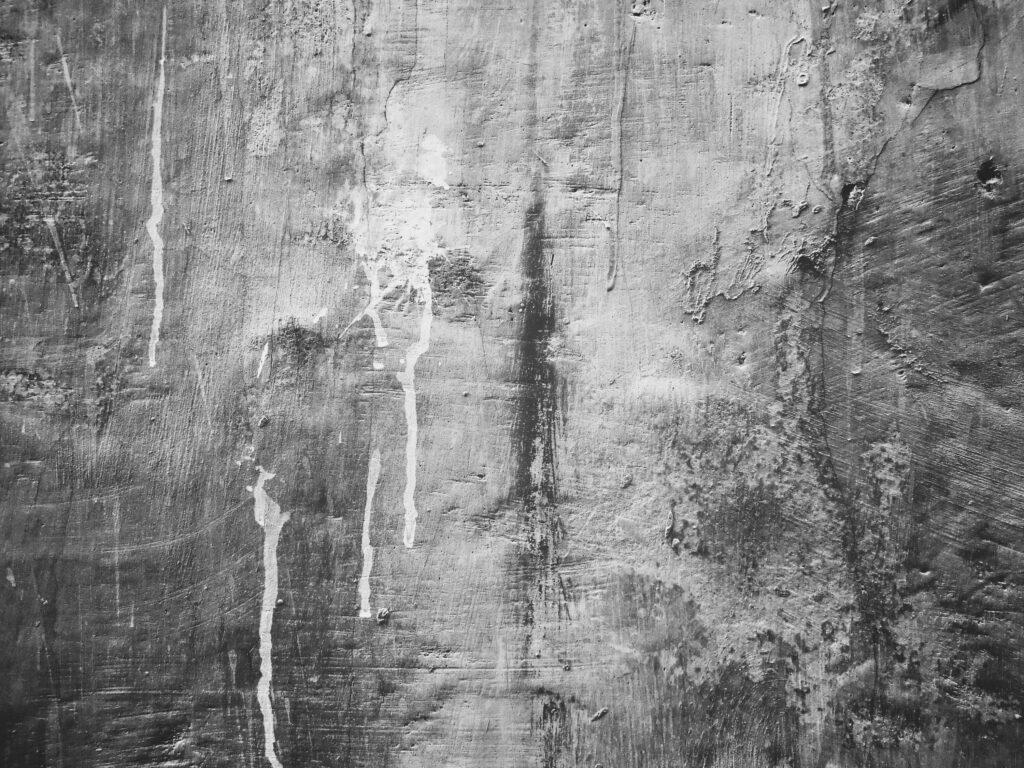
How to Remove Bird Droppings: Immediate Response Steps
Quick action is crucial when dealing with fresh bird droppings.
You’ll need a plastic scraper (never use metal), soft cloths, and a pH-neutral stone cleaner to start.
First, gently remove any solid matter using your plastic scraper, being careful not to scratch the surface. Trying to wipe fresh droppings often makes the situation worse by spreading the material and forcing it deeper into the stone’s pores.
Once you’ve removed the loose material, blot (don’t wipe) the area with a clean, dry cloth. Remember – the goal is to lift the substance, not push it further into the stone. If the droppings have already dried, you might need to slightly dampen the area with clean water first to soften the deposit.
Deep Cleaning Process
After handling the initial clean-up, it’s time for a proper cleaning. Always start with the gentlest approach and work our way up as needed. Begin by applying a pH-neutral stone cleaner – avoid any acidic or abrasive cleaners, as they’ll only compound the damage.
For stubborn stains that remain after initial cleaning:
- Create a poultice using a mixture of baking soda and water
- Apply the paste to the stained area, extending slightly beyond the stain
- Cover with plastic wrap and tape down the edges
- Leave for 24-48 hours
- Remove and rinse thoroughly with clean water
- Allow the area to dry completely before assessing the results
If stains persist, you may need to repeat the process with a quality bird poop remover or consider professional intervention.
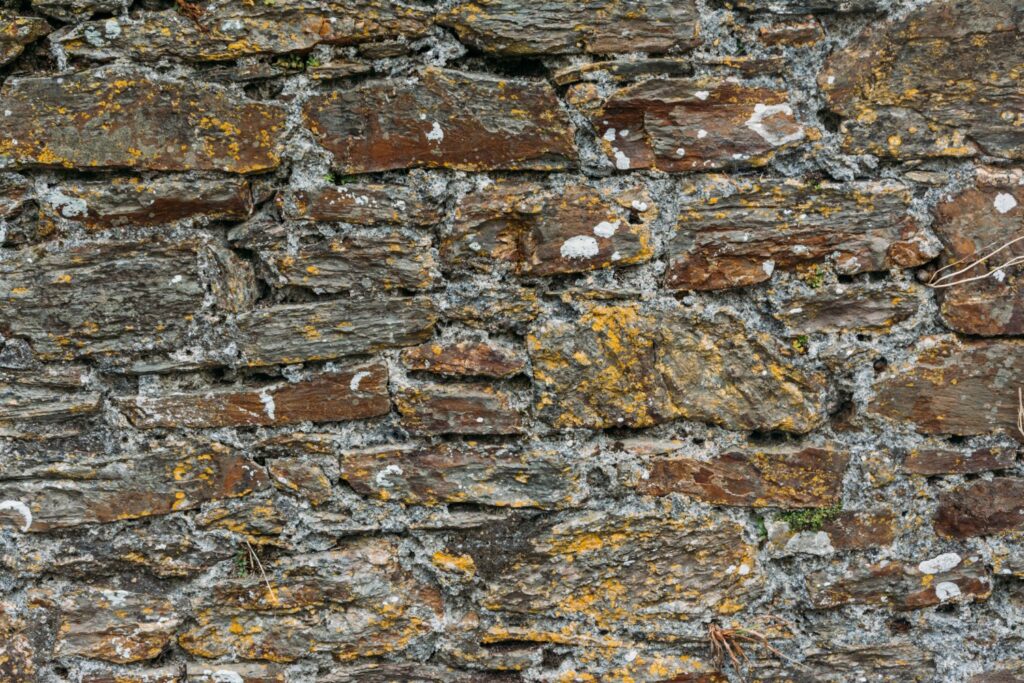
Prevention and Protection
The best way to deal with bird droppings is to prevent them from causing damage in the first place. Regular sealing of your stone surfaces creates a protective barrier that gives you more time to clean up any droppings before they can cause permanent damage. You should also consider installing physical deterrents like:
- Bird spikes in common perching areas
- Reflective tape or wind chimes
- Moving decoys (static ones become ineffective over time)
- Ultrasonic deterrents for larger areas
We recommend sealing exterior stone surfaces at least once a year or more frequently in areas with heavy bird activity. Regular monitoring of your stone’s condition can help catch any issues before they become serious problems. Professional sealers provide significantly better protection than DIY options, often lasting 3-4 times longer.
Conclusion
Prevention and quick action are your best defences against bird-dropping damage. While the cleaning process might seem straightforward, the wrong approach can cause more harm than good. If you’re dealing with stubborn stains or extensive damage, don’t hesitate to seek professional help.
Contact Stone Protection today for an assessment of your stone surfaces – our team of experts has been protecting Australia’s stone surfaces for over two decades. Book your consultation now, and let us help you preserve your stone’s natural beauty for years to come.
Frequently Asked Questions
Q: How long can I wait before cleaning bird droppings from my stone?
A: Clean bird droppings as soon as possible – ideally within hours – as the acid can begin etching the stone immediately.
Q: Can I use household cleaning products in the affected area?
A: No, only use pH-neutral cleaners specifically designed for natural stone to avoid causing additional damage.
Q: How often should I seal my exterior stone surfaces?
A: At minimum annually, but in areas with heavy bird activity, consider sealing every 6-8 months for optimal protection.

